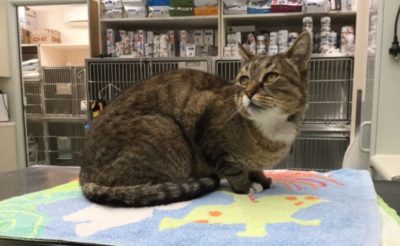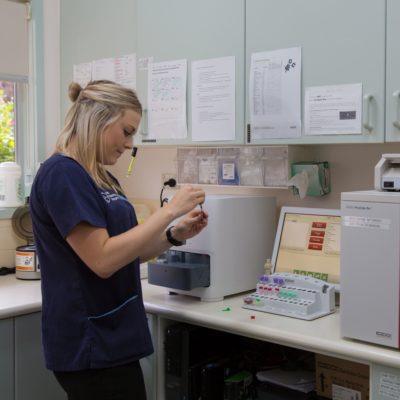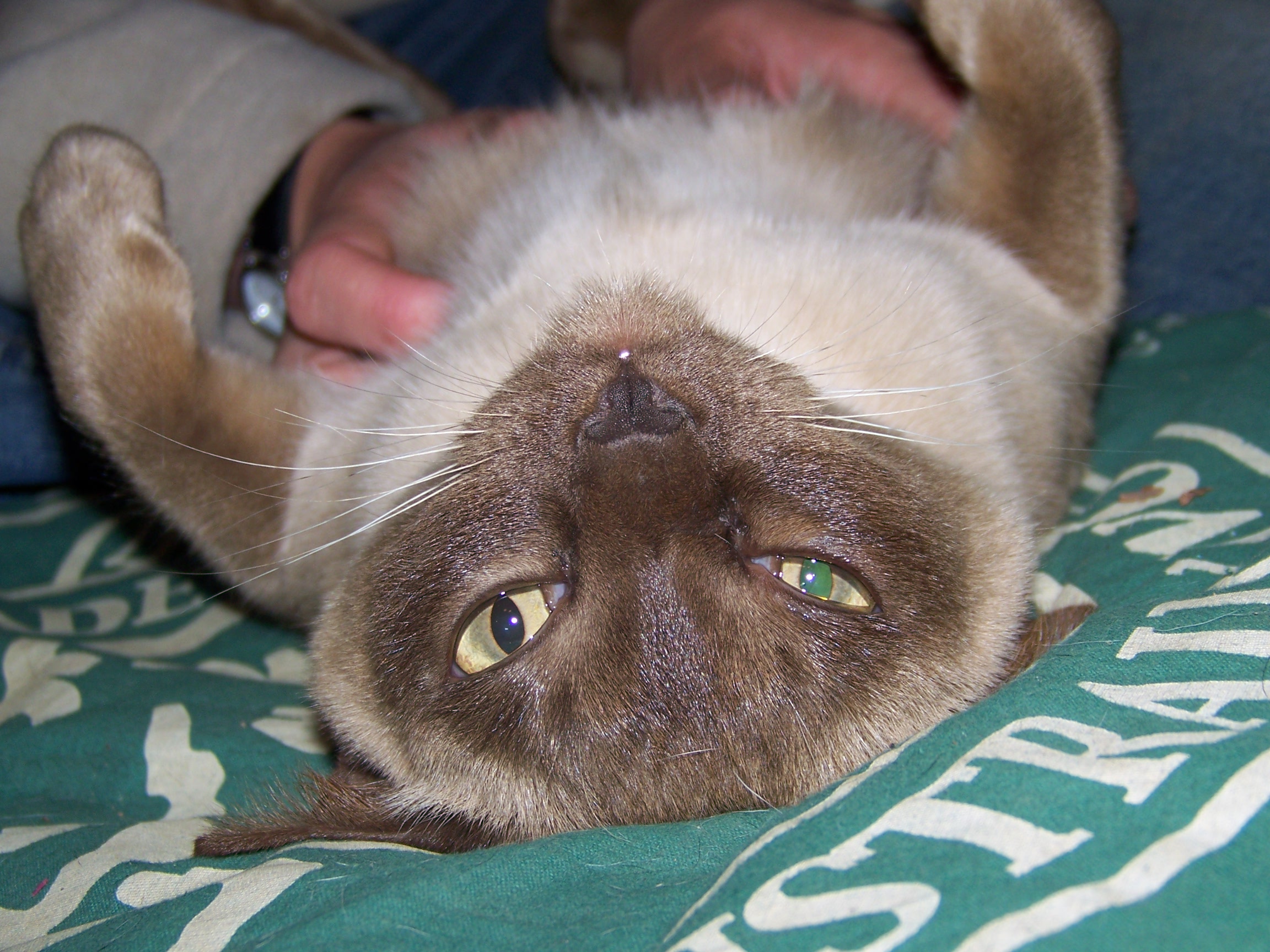Meet Trent, a gorgeous and very friendly 11 year old Domestic Short Hair cat. Trent visited us a few weeks ago after his owner Hayley noticed that he had been losing weight and the quality of his coat had been lacking.

In order to investigate Hayley’s concerns Dr Jenny decided that a senior check-up was in order. A senior check-up involves a thorough history and examination with a focus on issues that our senior cats are commonly affected by. Our comprehensive examination includes a mobility assessment, dental health check, dietary assessment, parasite control review and a vaccination review. The senior cat check-up also includes a full blood profile, blood pressure and urine testing all run in our state of the art in house laboratory.
Trent was an angel, he let us check his blood pressure without a fuss, we used a blood pressure cuff and a Doppler ultrasound to do this. We made sure to use headphones so that Trent didn’t notice the noise at all. Blood pressure testing is extremely important as cats with high blood pressure have no clinical signs until they develop organ damage. Sudden onset blindness is often the first sign we see. Early detection and treatment can help prevent this, Luckily Trent’s blood pressure was normal.
We then went on to collect blood and urine samples from Trent, the blood test we ran measured his kidney enzymes, liver enzymes, thyroid hormone, glucose, and red and white blood cells. The urine sample was to check urine concentration allowing us to assess kidney function, and to check for urinary tract infections which are common in our older cats.

After running these tests we found that Trent had early stage kidney disease, and this was what caused his weight loss and other symptoms such as changes to his coat. Kidney disease can also cause increased thirst and increased urination – this is often what owners notice first.
Because of Trent’s vigilant owner we were able to detect the kidney disease at such an early stage that all Trent needed was a diet change to a special prescription kidney diet. Trent actually quite liked his new diet, but don’t worry we have plenty of tips and tricks for cats that are more fussy. In a few weeks we will follow up with Trent and recheck his blood and urine tests to make sure that he is improving with his treatment.




